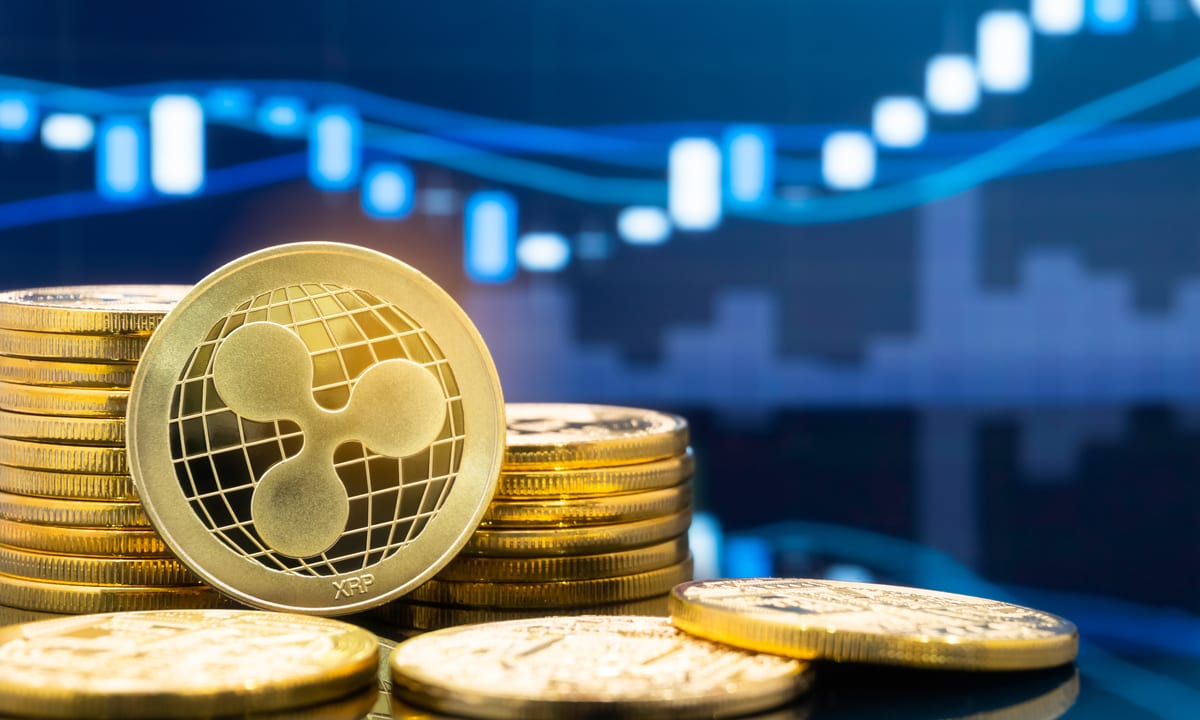[[data.name.value]]
[[metadata.defaultData.name]]
[[data.title.value]],
[[metadata.defaultData.title]],
[[data.company.value]]
[[metadata.defaultData.company]]

How Does XRP Compare to Other Payment Technologies like SWIFT and PayPal?
You are requesting a piece in this particular writing assignment that contrasts the payment technology of XRP with that of other payment systems, including SWIFT and PayPal. Therefore, let us get moving and see how far we can take it!

How Does XRP Work?
A digital currency called XRP makes instantaneous cross-border transfers possible. Due to blockchain technology's decentralized, secure, and quick nature, transactions using it are safe, and quick. XRP does not need middlemen like banks, which sometimes impose exorbitant fees and take a lengthy time to complete transactions, unlike conventional payment systems. Instead, XRP depends on a network of validators to validate transactions and protect the blockchain's integrity.
SWIFT vs. XRP: Which is Better?
Banks send money internationally using SWIFT (Society for Worldwide Interbank Financial Telecommunication) messaging system, traditionally their preferred mode of payment. Unfortunately, SWIFT suffers from high fees and slow transaction speed while its alternative XRP can offer faster, lower cost transactions that provide increased security and privacy. It costs a little transaction fee and pays payments in a couple of seconds. Additionally, XRP is more effective and efficient because it does not need intermediaries.
PayPal vs. XRP: A Head-to-Head Comparison
With the help of PayPal, people and companies may make and receive money online. It is well-liked among e-commerce sites, and its user interface is simple. PayPal does have certain downsides, too, such high transaction costs and limitations on the kinds of transactions that may be made. As a decentralized payment system, XRP is not constrained by these restrictions. It is a superior choice for cross-border payments than PayPal since it is quicker, more affordable, and more secure.
XRP Adoption
Several financial institutions have adopted XRP as a payment solution in recent years, giving it significant traction. Ripple, the company that developed XRP, has collaborated with prominent financial institutions like Santander, Standard Chartered and American Express in order to facilitate cross-border payments using it. Furthermore, its popularity among remittance companies searching for faster, less costly and dependable payment systems is increasing daily. You may visit moneyamped.com for the most recent XRP trends.
However, XRP continues to face some difficulties, such as regulatory ambiguity and resistance from conventional financial institutions. Some claim that XRP is a security and should be governed by securities laws, which has sparked discussion about its legal status. The reliability and security of XRP have also caused certain financial institutions to embrace it slowly.
Conclusion
By providing a quicker, less expensive, and more secure payment mechanism, XRP has the potential to completely transform the payments sector. By doing away with the need for middlemen, it lowers transaction costs and speeds up settlement. However, XRP continues to face some difficulties, such as regulatory ambiguity and resistance from conventional financial institutions. XRP has nonetheless made great progress in the remittance sector and its acceptance rate is continuously rising. As a result, it may soon be a practical replacement for established payment methods.
Read more
Read less
[[ metadata.translations.contactme ]]